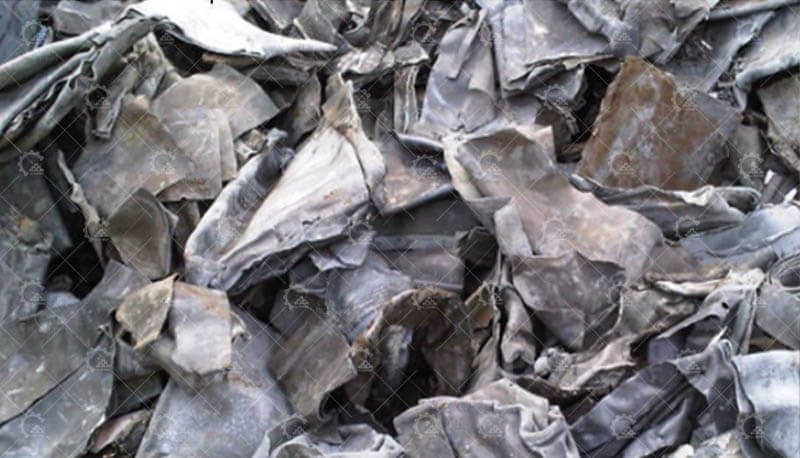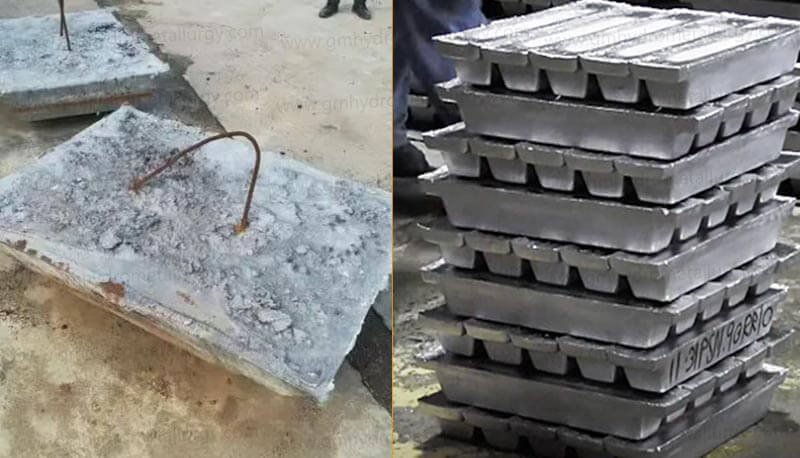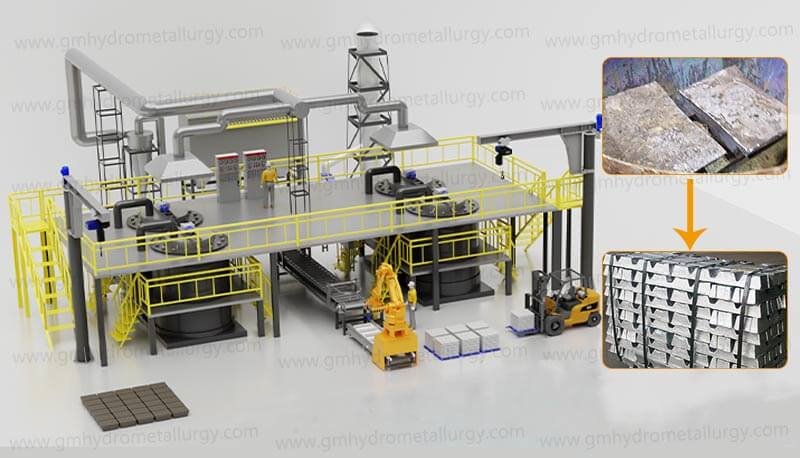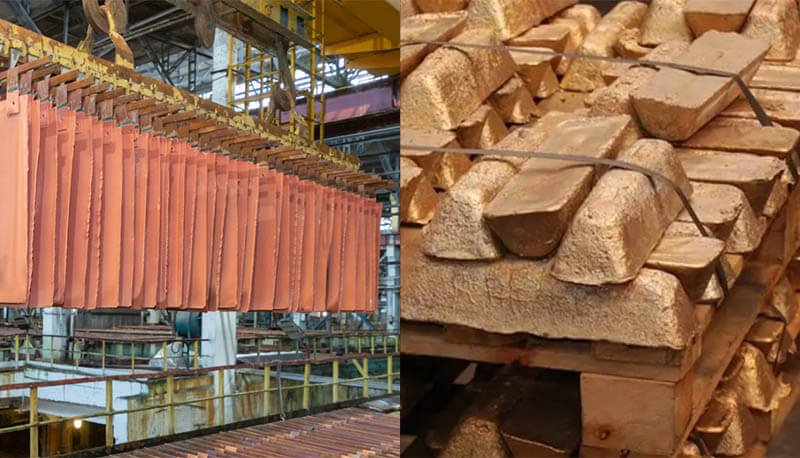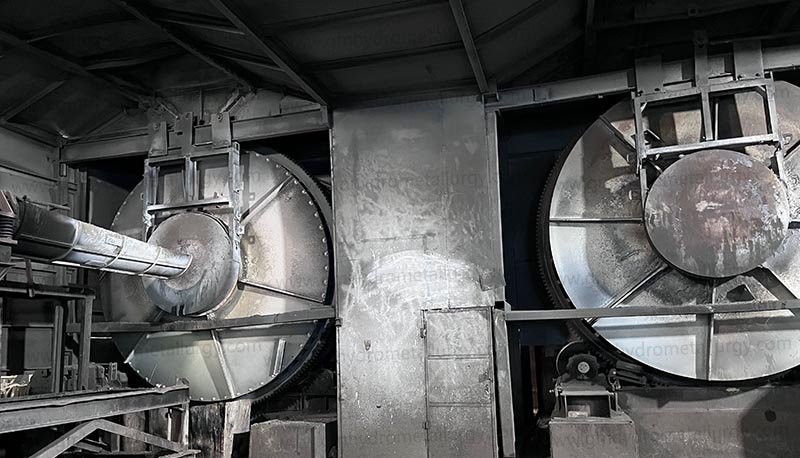Accurately estimating lead refinery plant cost is critical for smelters, recyclers, and investors planning sustainable operations in 2025. With fluctuating raw material prices, evolving environmental regulations, and technological advancements, understanding the full capital expenditure and operational expenses ensures strategic budgeting and ROI clarity.
Key Cost Components of a Modern Lead Refinery
1. Land & Infrastructure(greenfield lead smelter construction expenses).
Site Preparation: $150,000–$500,000+ (varies by terrain/region).
Utilities: High-voltage power lines ($200,000+), water treatment systems ($180,000–$350,000) .
2. Core Processing Equipment(secondary lead refining equipment prices 2025)
Furnace Systems: Rotary furnaces ($1.2M–$2.5M) or reactors ($3M–$5M+).
Refining Kettles: $400,000–$800,000/unit.
Pollution Control: Baghouses ($250,000), acid plants (Sulphuric: $1M+), scrubbers.
Automation: PLC/DCS control systems ($500,000–$1.2M) .
3. Environmental & Safety Compliance(lead smelter emission control system costs)
EPA/ISO Certifications: $150,000–$300,000.
Emissions Monitoring: CEMS (Continuous Emissions Systems: $200,000+).
Waste Management: Slag processing units ($300,000–$600,000).
4. Labor & Operational Costs(operating costs for secondary lead refinery plants)
Skilled Workforce: $80,000–$120,000/year per technician (15–30 staff minimum).
Energy Consumption: $700,000–$1.5M/year (for 20-ton/day capacity).
Maintenance: 7–10% of CAPEX annually.
2025 Cost Influencers: What’s Driving Prices?
Raw Materials
Lead scrap prices ($1,800–$2,200/ton in 2025)
Regulatory Shifts
Tighter OSHA and EU BAT (Best Available Techniques) standards increasing filtration costs by 15–20%.
Technology Trends
Automated impurity removal systems adding $400K–$900K to CAPEX but reducing OPEX by 25%
Strategic Cost-Saving Measures
1. Hybrid Furnace Solutions
Combine blast + rotary furnaces to optimize scrap versatility ($1.8M–$3M).
2. Modular Design
Phased construction reduces initial CAPEX by 30%.
3. Energy Recovery
Waste-heat boilers cut energy bills by 40% (ROI: 2–3 years).
4. Local Partnerships
Source refractories/parts from local (savings: 15–25%).
Realistic 2025 Budget Ranges
Plant Capacity | Total CAPEX| Key Inclusions
Small (50 TPD) | $8M–$12M | Basic refining, pollution control
Mid (200 TPD) | $25M–$40M | Automation, slag recycling, acid plant
Large (500 TPD)| $60M–$90M+ | Full-scope integration, R&D labs
💡 TPD = Tons Per Day. OPEX typically adds $150–$300/ton of refined lead. (The above data is for reference only, and the specific solution is based on the actual raw materials/finished products/capacity.)
Why Accurate Cost Planning Matters
Underestimating lead smelter project investment risks:
Regulatory fines
Production downtime from undersized equipment
Failed bank financing due to budget overruns
Building a Future-Proof Refinery
Navigating 2025 lead refinery plant costs demands expertise in metallurgy, compliance, and supply chain logistics. By prioritizing high-efficiency equipment, modular scalability, and proactive emission controls, your operation will achieve faster ROI while meeting global sustainability standards.
Ready to optimize your lead refinery budget?
Request a Customized 2025 Cost Estimate👉 Gunama Machinery



